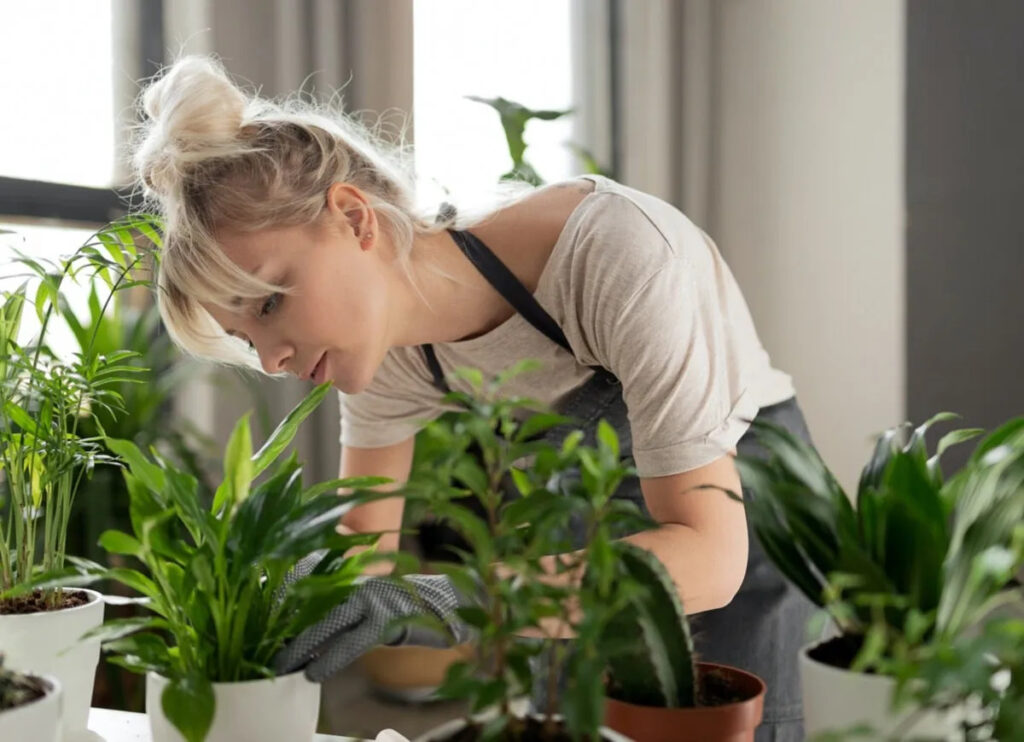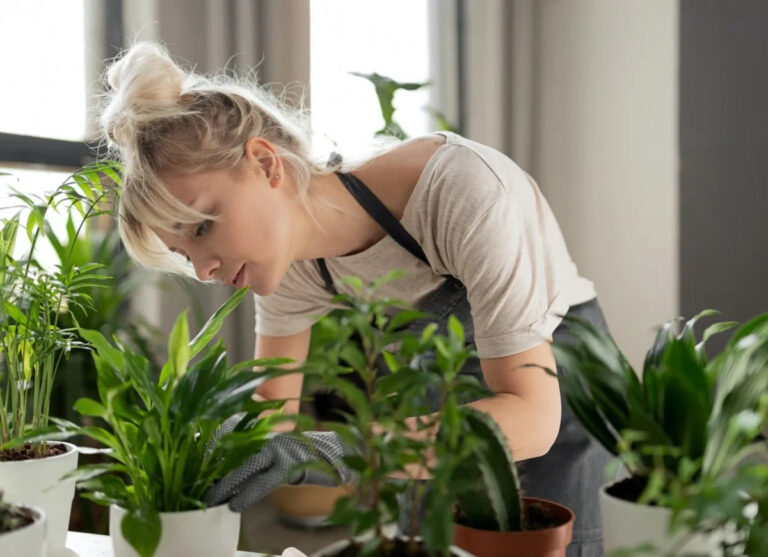
One of the best qualities of gardeners and similar communities is their generosity and dislike of waste. Gardeners, both indoor and outdoor, have a wealth of knowledge to share when it comes to caring for plants.
Whether you’re looking for a fun weekend project or you’ve always wanted to start gardening but didn’t have the space outside, a DIY indoor garden is the perfect place to begin honing your craft.
On the financial front, there are many strategies to help reduce expenses and some things to consider for indoor gardening.
Choose the perfect space for your do-it-yourself indoor garden.
The first step in starting your indoor garden is to determine where the best location in your home is to set up shop. Whether you have a whole room that you can repurpose as your indoor garden, or all you have to spare is a little area in your kitchen, all you need is some natural sunshine and a good average temperature and you’re ready to go.
Plant the foods that your family consumes the most.
It doesn’t get much more direct than this, people. Think about how much you’re able to grow in a vegetable garden and consider which vegetables are absolutely necessary to plant in your garden. If you’re the only one in your household of four who likes chili peppers, the majority of your harvest will likely go to waste.
Make the most of your growing area.
It all boils down to cultivating what your family will eat. Prepare for this since growing more of what you need will ensure that the money you spend on climate control will save you money in the long run.
Check that there is enough sunlight.
In a perfect world, you’d be able to provide your indoor vegetable garden with all of the light it requires. However, not everyone has access to a venue that allows them to do so. There’s no reason to be concerned, though. While natural sunshine is best, specialized lighting, such as grow lights, can help your veggies and plants thrive.
For a successful DIY Indoor Garden, water your plants less.
Most novice gardeners believe that watering their plants a little bit every day is the best method to ensure that they get enough water. It is, however, preferable to water the plants less regularly yet more thoroughly. Overwatering your veggies and herbs is the quickest way to sabotage your gardening efforts, and it may result in having to restart your indoor garden.
Take care of your plants properly by using the right soil.
The quality of your soil has a big impact on the flavor of your herbs and veggies. Make sure you use the best soil when you’re putting together your DIY indoor garden.

